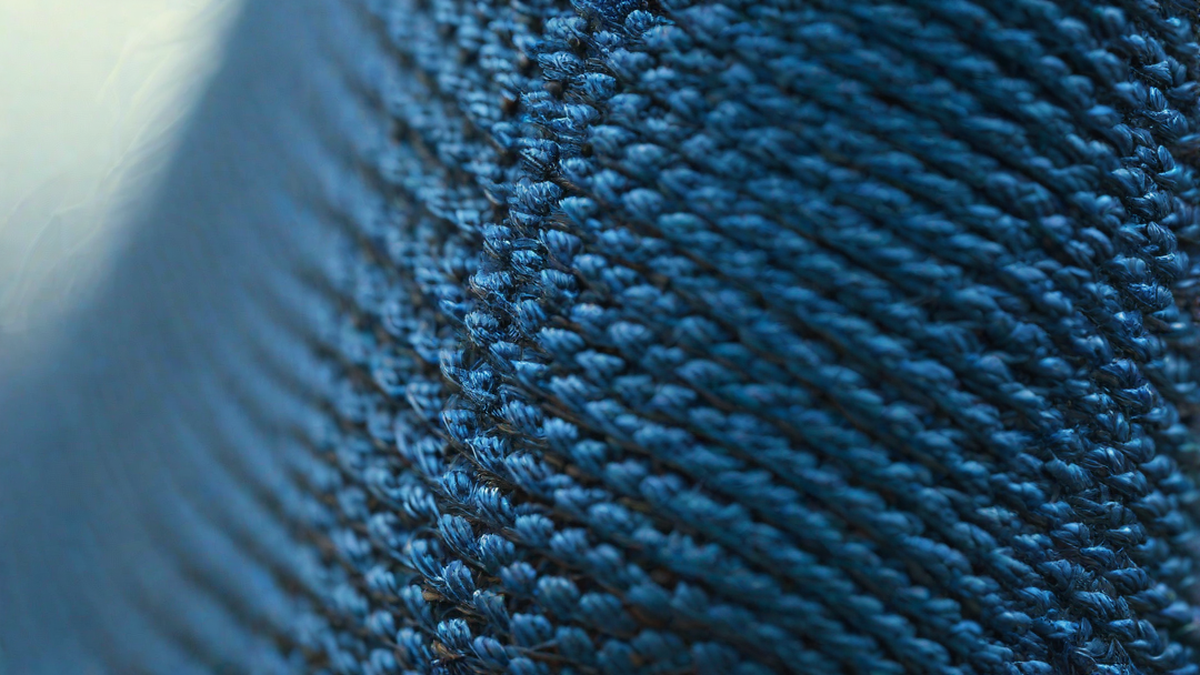Have you ever experienced that sharp, stabbing pain in your side while running? It’s commonly known as a “stitch,” and it can be quite uncomfortable. As a fellow runner, I’ve dealt with my fair share of stitches, and I understand the frustration they can cause. In this article, I will delve deep into the reasons why we get stitches when running and provide some tips on how to prevent and manage them.
What is a Stitch?
Before we dive into the causes, let’s first understand what a stitch actually is. A stitch, also known as exercise-related transient abdominal pain (ETAP), is a sharp, cramp-like pain that occurs in the side of the abdomen during physical activity, particularly running. It commonly affects runners, especially beginners, but can also occur in other athletes.
Possible Causes of Stitches
While the exact cause of stitches is still not fully understood, several theories have been proposed:
- Diaphragm Spasms: One theory suggests that stitches occur due to spasms or cramping of the diaphragm muscle. The diaphragm is a large muscle located just below the lungs, and it plays a crucial role in breathing. When we run, the repetitive bouncing motion can put strain on the diaphragm, leading to spasms and pain.
- Reduced Blood Flow: Another theory suggests that stitches occur due to reduced blood flow to the diaphragm and surrounding organs during exercise. This reduction in blood flow may be caused by the redistribution of blood to the working muscles and away from the abdomen.
- Irritation of the Peritoneum: The peritoneum is a membrane that lines the abdominal cavity and covers the organs within it. Some experts believe that stitches may be caused by the irritation or inflammation of the peritoneum, possibly due to the repetitive motion of running.
- Dehydration: Dehydration can also contribute to the occurrence of stitches. When we become dehydrated, the body’s electrolyte balance is disrupted, which can lead to muscle cramps and spasms, including those in the diaphragm.
- Poor Breathing Techniques: Improper breathing techniques, such as shallow or rapid breathing, can put additional strain on the diaphragm and increase the likelihood of experiencing stitches. It’s essential to focus on deep, rhythmic breathing while running to avoid this.
Prevention and Management
Now that we have a better understanding of the possible causes of stitches, let’s explore some strategies to prevent and manage them:
- Warm-up Properly: Start your runs with a gentle warm-up that includes dynamic stretches and light exercises to gradually prepare your body for the physical activity. This can help reduce the likelihood of experiencing stitches.
- Stay Hydrated: Drink enough water before, during, and after your runs to maintain proper hydration levels. This can help prevent muscle cramps and spasms.
- Focus on Breathing: Practice deep, diaphragmatic breathing while running. Inhale deeply through your nose and exhale slowly through your mouth. This can help relax the diaphragm and reduce the risk of stitches.
- Gradually Increase Intensity: If you’re a beginner or returning to running after a break, avoid pushing yourself too hard too soon. Gradually increase the intensity and duration of your runs to give your body time to adapt and prevent stitch-inducing strain.
- Modify Your Running Form: Pay attention to your running form and make sure you maintain an upright posture. Avoid slouching or overstriding, as these actions can put unnecessary strain on the diaphragm.
Conclusion
While stitches can be a bothersome part of running, understanding their causes and implementing preventive measures can help minimize their occurrence. By warming up properly, staying hydrated, focusing on breathing techniques, gradually increasing intensity, and maintaining a proper running form, you can reduce the likelihood of experiencing stitches. Remember to listen to your body and make adjustments as needed. Happy, stitch-free running!

